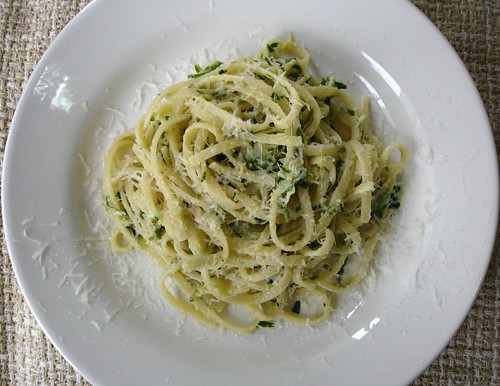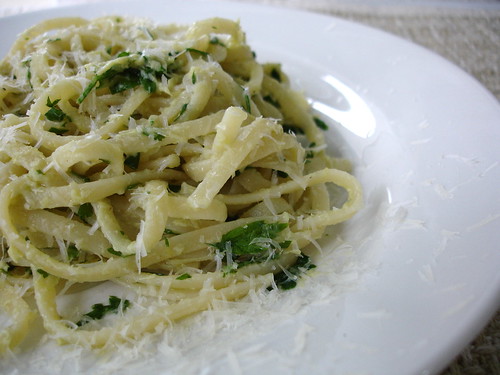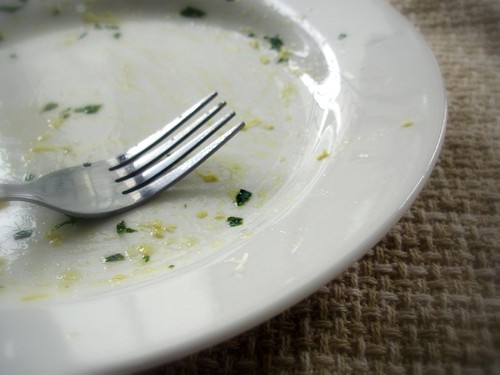The lovely Barbara is hosting “A Taste of Yellow” for the second time and it’s an honor for me to take part in this event again.
Last year, my entry was a lime polenta cake; this time, I felt like making something with a Brazilian flair. I chose quindim but unfortunately it was a disaster. I don’t know if it was me or the usual lack of details in traditional, old Brazilian recipes, but my attempt didn’t work out. It was an eggy mess that I’d rather forget about.
Luckily, I had a plan B – these wonderful madeleines, a recipe from the Washington Post. I finally got the famous bumps but I thought I’d ruined the madeleines when I saw they were very dark on one side. There’s was no bitter flavor, thank heavens.
My mind was still on my quindim failure and I did not pay attention to the correct side before glazing the madeleines. I don’t think that’s much of a difference, anyway.
Please, join us in “A Taste of Yellow”. Cook or bake something containing an element of yellow food and send your entry to Barbara until April, 19.
Information about cancer can save lives – let’s kick this disease in the a**!
Orange Poppy Seed Madeleines
1 cup (140g) flour, sifted
1 teaspoon baking powder
1 medium orange
5 eggs, lightly beaten
1 cup (200g) sugar
2 tablespoons light brown sugar
1 stick (4 oz/113g) unsalted butter, melted and cooled
½ teaspoon honey
1 tablespoon poppy seeds
Glaze:
1 cup (150g) confectioners' sugar, sifted
¼ cup (60ml) juice of the reserved orange, strained
Preheat the oven to 200ºC/400ºF. Lightly grease two 15 ½-by-9-inch (38x22cm) nonstick madeleine pans.
In a separate small bowl, combine the sifted flour and baking powder. Set aside. Finely zest the orange, and set the zest and the orange aside.
In a large bowl, combine the eggs, sugar and brown sugar. Using a spatula, fold in the dry ingredients until just combined; the batter will be slightly stiff. Add the butter, honey, poppy seeds and half of the orange zest, mixing until just combined (do not overmix). Cover and refrigerate for 30 minutes.
Spread a heaping tablespoon of the batter evenly into each madeleine cup and bake for 8 to 10 minutes, until a hunchback has formed on the cookies and they are golden brown. Unmold them immediately onto a wire rack and allow them to cool completely.
While the madeleines are cooling, make the glaze: in a small bowl, combine the confectioners' sugar, the orange juice and the remaining half of the orange zest and whisk until the mixture is smooth. Brush some glaze onto the ridged side of each madeleine and let the glaze set for about 5 minutes before serving or storing – I dipped each madeleine into the glaze and shook off the excess.
Makes 2 dozen – I got 15 small madeleines + 24 large ones















